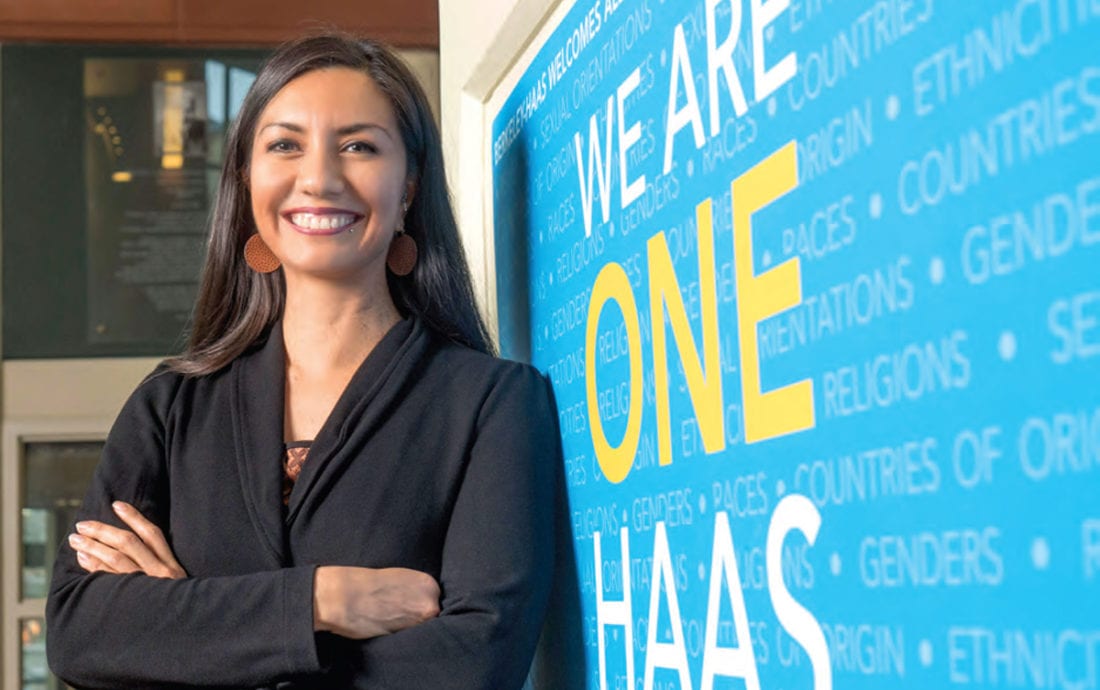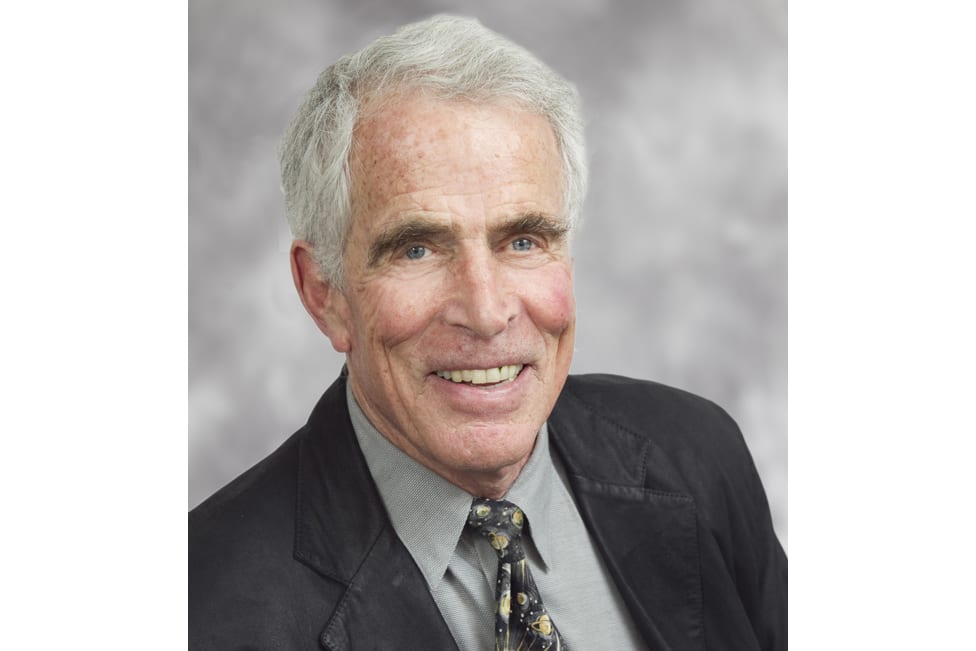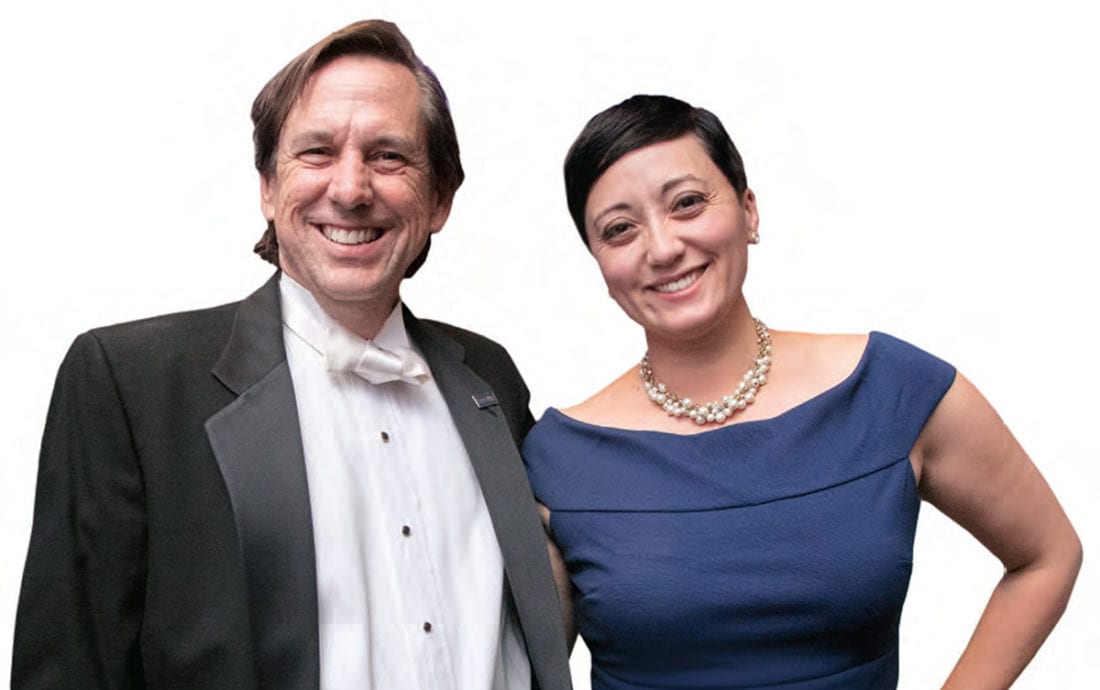Sanjay Beri, MBA 06
CEO & Founder, Netskope
Dan Mulhern had always planned to run for political office, but when Michigan Democratic Party operatives came knocking in the late 1990s, it was his wife they tapped as a candidate. Several years later, Mulhern became First Gentleman to Gov. Jennifer Mulhern Granholm, supporting her and caring for their three young children.
“I was a pretty typical, competitive male and I’d never pictured becoming ‘Mr. Mom,’ but I decided to embrace the role,” says Mulhern, now a leadership lecturer and distinguished teaching fellow at Berkeley Haas. “A couple of things happened with that shift in mindset: I became a very nurturing parent, and I got an enormously enlarged sense of self and identity in supporting Jennifer—we accomplished more together.”
Two decades later, Mulhern’s story is still somewhat unusual: While women have moved into traditionally male roles in large numbers, men have been slower to move into traditionally female domains. Prof. Laura Kray and her colleagues were looking for a new way to understand why, despite women’s huge educational and professional gains, the gender pay gap and other inequities have persisted.
They thought the concept of mindset—and specifically, men’s mindsets about gender roles—might be key not only to understanding the problem, but to developing new ways to address it.
“We thought there was more to this slow progress than a desire to preserve male privilege. Instead, we thought men’s resistance to change may also be rooted in notions of what it means to be a man,” she says. “We asked, what if there is a kind of psychological lever we can pull to decrease men’s resistance to change?”
The phenomenon of fixed versus growth mindsets, first defined by psychologist Carol Dweck, has been well studied as a powerful driver of behavior. People who believe that traits such as intelligence are innate and unchanging tend to give up more quickly when a problem seems beyond their ability than do those with a growth-oriented mindset. The concept has made its way into popular culture in everything from management texts to parenting advice, but it had not been applied to the study of gender roles, Kray says.
Teaming up with researchers Laura Howland of Berkeley and Alexandra Russell and Lauren Jackman of Stanford, Kray tested whether a belief that gender roles are set in stone leads people to defend an unequal system. Their work was published in the Journal of Personality and Social Psychology last year. Their research found key differences between men and women that have implications for training programs and public policy.
“When men are encouraged to adopt a growth mindset about gender roles, they become more supportive of interventions designed to increase gender equality.”
—Prof. Laura Kray
The researchers first surveyed 500 people and found that men are more likely than women to believe there are unchangeable gender-role differences—above and beyond biology. Men are more likely to prefer traditional roles, and those who strongly identify with traditionally male characteristics are more likely to say the current system is fair.
The researchers then tested whether their belief in fixed gender roles actually triggers men to justify the status quo. They asked people to read one of two versions of a short article: One version made the case that gender roles are fixed (“The vast majority of a society’s division of labor between the sexes is due to personal factors that remain stable over time”), while the other argued that roles are due to environmental factors that can change.
They found that men who read the article endorsing static gender roles were, in subsequent questions, more likely to attribute stereotypically masculine traits to themselves and show strong solidarity with other men. They were also more likely to defend the current system. That was not the case for women.
“Men feel more pressure to perform their gender, as being deemed a ‘real man’ is not a given: it requires social proof,” Kray says.
In a final experiment, the researchers found that reading the article arguing for fixed gender roles led men to identify more strongly with positive “male” attributes (adventurous, independent) and distance themselves from negative ‘female’ attributes (fussy, moody). Meanwhile, men who read the argument that gender roles are malleable identified less strongly with the male characteristics, and actually decreased their justification of the status quo to the point where they were in agreement with women.
That last finding is especially interesting because it suggests an intervention that may lead to faster progress in the quest for gender equality: encouraging men to adopt a growth mindset about gender roles, Kray says. Seeing roles as interchangeable—such as Mulhern did—has wide-ranging implications in both the home (who takes out the trash versus who changes the diapers?) and the workplace (who handles the finances and who develops marketing slogans?).
Kray is spending the academic year applying insights from her work to the real world. For example, she is looking at the role that mindsets play in the persistent 20 percent gender pay gap. “We see in voting patterns that men are less supportive of active measures to ensure fair pay. Yet when men are encouraged to adopt a growth mindset about gender roles, they become more supportive of interventions designed to increase gender equality.”
In the case of Mulhern, he credits the priest who counseled him and his wife before their marriage with first asking him to imagine what would happen if her political career took off instead of his. “He pried open the door to that idea for me,” Mulhern said. “Twelve years later, I threw myself into Jennifer’s career and my own adventure.”
Posted in:
Topics:





